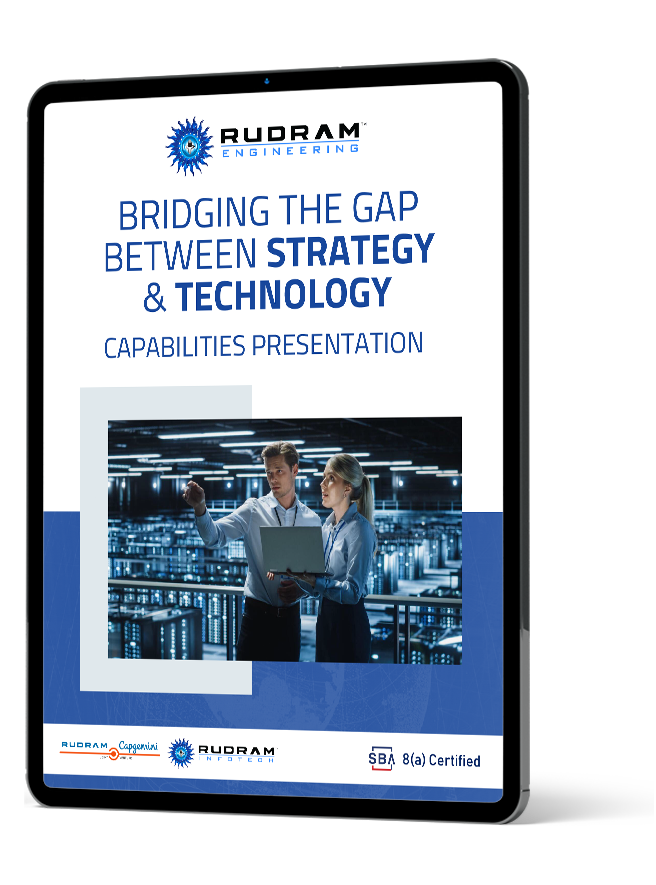When it comes to cloud cost visibility, simply knowing your monthly AWS bill doesn’t provide the insights necessary for smart engineering or business decisions. That’s where AWS tagging comes in. By assigning meaningful labels to AWS resources, organizations can gain a clearer understanding of what’s driving costs and how to manage cloud usage more effectively.
Tagging reveals the “who,” “what,” and “why” behind your cloud spend. This allows you to pinpoint areas of inefficiency and improve overall profitability. However, it’s important to understand that not all tags are created equal; only AWS cost allocation tags are recognized for detailed cost analysis.
In this guide, we explore AWS cost allocation tags, their practical applications, and how decision-makers can utilize them to optimize cloud spending. This is especially valuable for teams working on cloud migration or resource optimization.
AWS cost allocation tags are metadata labels applied to resources to track usage and associated costs. These tags allow you to group expenses based on departments, projects, teams, and more, offering a clear breakdown of your cloud consumption.
It’s important to note that not all AWS services or costs support tagging. Resources created before a tag is activated won’t be retroactively tracked. Additionally, in shared or multi-tenant environments, tagging may become ineffective or inaccurate. Inconsistent naming conventions like Env=Prod versus env=prod can split usage data and reduce reliability.
Once you activate cost allocation tags in the AWS Billing and Management Console, they become available in usage and cost reports. The data is provided in CSV format, allowing for integration with AWS analysis tools like Cost Explorer, the Cost and Usage Report (CUR), and Budgets.
These tags allow you to break down and analyze cloud usage in highly specific ways, supporting cost accountability and optimization.
Implementing a robust tagging strategy is critical for success:
While tagging is effective, it can be time-consuming and error-prone. Advanced approaches like cloud cost intelligence provide deeper insights even when tags are imperfect or incomplete. These methods help link cloud costs directly to business functions like products, teams, and customer segments.
With cloud cost intelligence, engineering teams can:
Finance leaders can:
Executives and board members can:
While tagging remains essential, integrating smarter analytics can help fill the gaps where tagging falls short.
AWS cost allocation tags are a foundational tool for cloud cost management. For organizations migrating legacy systems or optimizing cloud usage, mastering tagging best practices is essential. However, combining tagging with more advanced cost analysis can provide even greater clarity and efficiency.
Rudram Engineering invites you to a free, live webinar designed for decision-makers looking to master AWS cost allocation for better financial insight and operational efficiency.
Register now to attend the free webinar—visit Rudram Engineering and reserve your spot.

Rudram Engineering Inc. (REI) is a well-known pioneer in software systems engineering, recognized for its creative solutions and the latest cutting-edge technologies. By focusing its resources on developing cloud-based technologies, REI further employs the power of DevSecOps to build security into the software development life cycle. The company also adopts Agile software development methodologies to be flexible, effective, and quick in delivering quality software solutions. Rudram Engineering Inc. is a name that epitomizes quality with innovation; it establishes new yardsticks in the industry with solid, scalable solutions that meet the dynamic demands of engineering.
As software becomes more complex, the need for thorough testing increases. In 2025, advancements in automated testing, AI-powered testing tools, and continuous quality assurance are expected to play a major role in ensuring reliable software delivery.
Actionable Insight: Thorough testing is essential to ensure that your software meets customer expectations and performs reliably. At Rudram Engineering, we employ comprehensive testing protocols to ensure every product we deliver is both robust and secure, minimizing bugs and maximizing customer satisfaction.
Rudram’s commitment to excellence, transparency, and customer satisfaction sets them apart. They maintain strategic partnerships to harness cutting-edge technologies and expand their capabilities, ensuring that clients receive the best possible solutions.
No-code and low-code platforms are gaining momentum as businesses seek faster, more accessible ways to develop software. These platforms allow individuals with little to no programming experience to build functional applications, reducing the time and cost of development.
Actionable Insight: Incorporating no-code or low-code platforms can speed up your application development, especially for simple or routine tasks. Rudram Engineering leverages these tools when appropriate to accelerate delivery without sacrificing quality or flexibility.